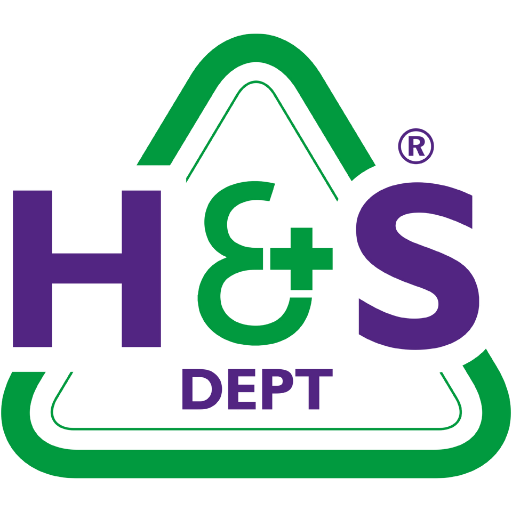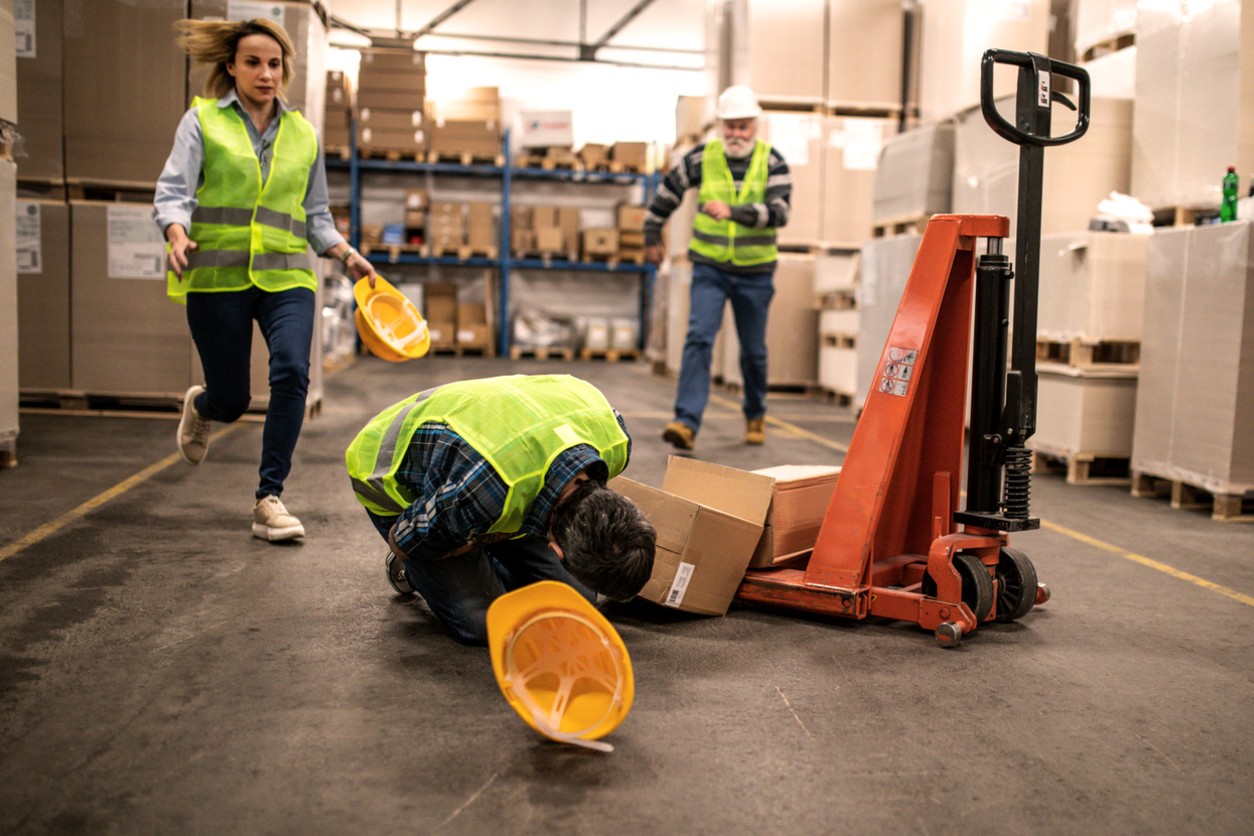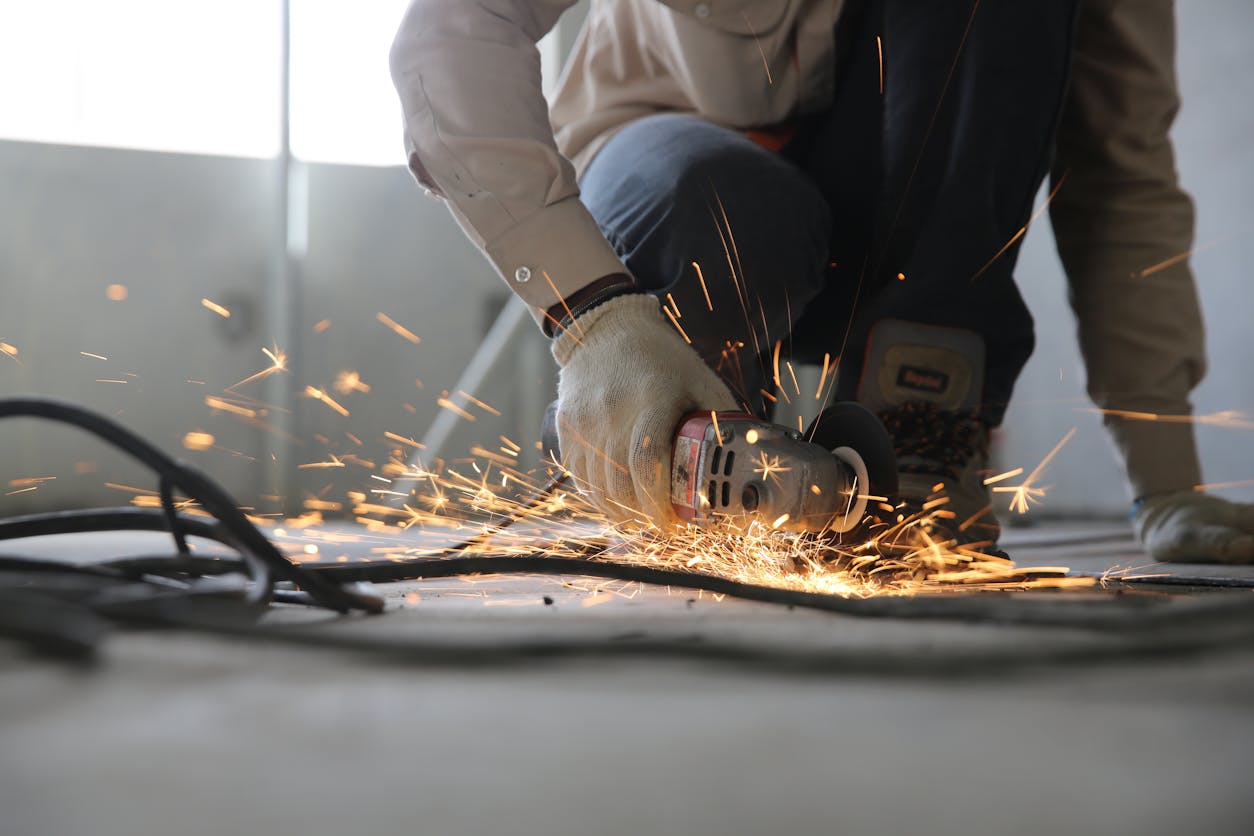In any workplace, fire safety is important. But in healthcare settings – where people are often at their most vulnerable – it becomes absolutely critical. Whether you’re running a GP surgery, a dental clinic, or a larger medical facility, you carry a responsibility not just for the safety of your staff, but also for patients who may not be able to move quickly, or at all, in an emergency.
Fire risk assessments are one of the most effective ways to plan ahead and keep everyone safe. But in complex environments like healthcare premises, a standard approach just won’t cut it. So, how do you tackle fire safety when your building is busy, your layout is intricate and your people need extra support?
Let’s explore what makes fire risk management in healthcare so unique – and how you can make sure you’re meeting your legal duties and protecting those who need it most.
Why fire safety is more challenging in healthcare settings
Healthcare premises bring together a range of risk factors you might not find in other workplaces. You’ve got patients who may be immobile or rely on medical equipment. Staff are often focused on care and clinical tasks, not emergency scenarios. The buildings themselves are usually multi-functional, with wards, waiting rooms, admin areas, storage facilities and sometimes even residential spaces.
That complexity means a fire incident could escalate quickly if the right systems aren’t in place.
There’s also the equipment to consider – oxygen cylinders, diagnostic machines, electrical devices – all of which can pose a fire risk if not properly managed. When a fire does break out, evacuating people safely takes time, planning and a calm response from a well-prepared team.
What the law expects from you
In the UK, the Regulatory Reform (Fire Safety) Order 2005 places the responsibility for fire safety on the ‘responsible person’ – often the building owner, employer, or someone in control of the premises. You’re expected to carry out a ‘suitable and sufficient’ fire risk assessment, act on your findings and review the assessment regularly.
Healthcare-specific guidance, such as NHS England’s Health Technical Memorandum (HTM) 05-03 Part K, sets out best practice for assessing and managing fire risks in complex healthcare premises. It’s a useful framework that takes into account the unique nature of these environments.
If you’re in charge of a healthcare facility, you don’t just need to be compliant – you need a clear, tailored strategy that actually works in your specific setting.
Making a fire risk assessment work for your facility
Every healthcare facility is different, which is why a good fire risk assessment starts with understanding your environment. It should look at how your building is used day-to-day, where the risks lie and how those risks might affect different groups of people – particularly patients who may need more help to evacuate.
A thorough assessment will examine things like evacuation routes, access to firefighting equipment, the presence of flammable materials and how staff are trained to respond. It will also consider how you communicate emergency procedures – especially in environments where language barriers or cognitive impairments could be an issue.
And it’s not just about ticking a box. A meaningful fire risk assessment should be a living document – one that evolves as your layout, staffing, or services change.
Planning for evacuation when every second counts
Evacuating a healthcare setting isn’t straightforward. Some patients may be on stretchers or in wheelchairs. Others may be disoriented, anxious, or reliant on machines that can’t simply be unplugged.
That’s why personal emergency evacuation plans – PEEPs – are so important. These are individual plans that detail how a specific person will be helped to safety in the event of a fire. PEEPs work best when they’re created in collaboration with the people they affect and regularly reviewed to keep them up to date.
But having plans on paper isn’t enough. Your team needs to know exactly what to do. Regular fire drills, practical training and clear communication all help to make sure that if the worst happens, everyone’s ready to act quickly and calmly.
The value of training and a prepared team
In healthcare, staff are the frontline of your fire safety strategy. They’re the ones who will notice hazards, raise the alarm and help move patients to safety. That’s why training is key – not just as a legal requirement, but as a vital part of your culture of care.
Your team should understand their roles during a fire, know how to use evacuation aids, and feel confident in the procedures you’ve put in place. When people know what’s expected of them, they can respond faster – and potentially save lives.
How The Health & Safety Dept can help
Fire safety can feel like a complex web of rules, paperwork, and what-ifs – especially when you’ve got a million other things to think about. At The Health & Safety Dept, we specialise in helping healthcare providers navigate that complexity with confidence.
We’ll work with you to carry out a thorough, healthcare-specific fire risk assessment that reflects the real-life needs of your staff and patients. We’ll help you understand your legal duties, spot any gaps and put a clear plan in place. We can also support you with tailored evacuation strategies, PEEPs, staff training and regular reviews – giving you the peace of mind that you’re doing the right thing.
Our aim is to make health and safety simpler, more manageable and more aligned with the compassionate care you deliver every day.
If you’re ready to strengthen your fire safety strategy, get in touch with The Health & Safety Dept today. We’re here to help you protect the people who need it most.











